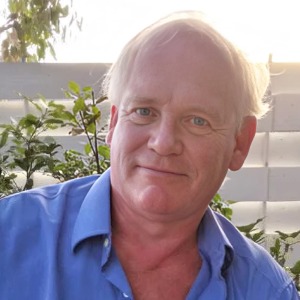Title : Solar box cooker dehydration, and relative humidity endpoint detection, of lamiaceae culinary leaves on the island of Crete
Abstract:
When solar dehydrating medicinal and culinary leaves, the aim is to removed/lower water moisture within the leaf to a level that slows-down microbial growth leading to physical deterioration of the preserved product within the food cupboard. Proof of principle of relative humidity (RH) endpoint detection for culinary leaves is demonstrated within a family sized (27 litre) solar box cooker dehydrator (SBC-d). The study is performed on the island of Crete in the eastern Mediterranean sea (35.31o N, 24.31o E at an altitude of 119 m). Four culinary leaf genera of different water moisture content are studied (female Laurus nobils (~28%), Ocimum basilicum, Ocimum basilicum var, minimum (~86%), and Salvia officinalis (~76%). Their quasi-power function RH dehydration time-profiles are base-lined against unloaded SBC-d dehydration time-profiles using an A-B transformation to yield the leaves moisture removal time-profile. From which, dehydration endpoint is judged to be reached when load and unloaded RH power time-profiles reach the same extreme-end power function value. For 30 to 40 g batch processing; dehydration times vary between 5 to 7.5 hours with dehydration rates of 3 to 5.5 g/hr. A leaf abiotic (heat and sunlight) stress score protocol that is normally used to select rice varieties resistant to drought (1, 2, 3, 4, and 5, where 1 is minimal stress, and 4 is maximum stress) is used to characterize leaf-blade morphological change (rolling) to the solar dehydration process. It is found for each leaf genera the score needs to be adjusted to reflect the leaf midrib and pinnate vein collenchyma and sclerenchyma cell structure. This adjusted score to used to visually qualify the solar process. Unloaded SBC-d base-line data is tested across summer and winter months to assess the robustness of the RH endpoint. Finally, a comparison is made of the advantages and disadvantages of this off-grid direct-solar-dehydration process against indirect-solar-dehydration and mixed/hybrid dehydration studies.




